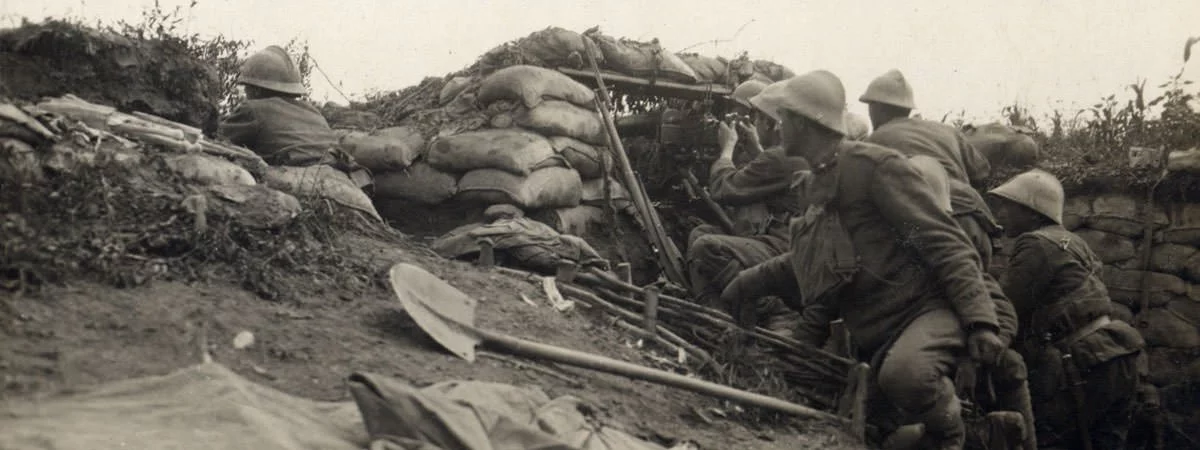Fought between July 28, 1914 and November 11, 1918, World War I was a global conflict between the Central Powers of Germany, Austria-Hungary, the Ottoman Empire and Bulgaria; and the Allies which was a coalition of many nations, most prominently the Great Britain, France, Russia, Japan and Italy. Since 1882, Italy was in the “Triple Alliance” with Austria-Hungary and Germany. However, the Allies succeeded in convincing Italy to join the war on their side though the secret Treaty of London of April, 1915. As Italy joined World War I on May 23, 1915, a new front opened along the border between Austria Hungary and Italy. The Italian Front saw a series of battles along this border, from 1915 to 1918. Here are the major battles and events of World War I on the Italian Front including their dates, places and nations involved.
First Battle of Isonzo
Date: June 23 – July 7, 1915
With the aim of dislodging the Austrians from their defensive positions along the Isonzo River and the nearby mountains, the Italians launched a surprise attack with 2:1 numerical superiority. After early successes, the attack was a failure as the Italians were unable to dislodge the Austro-Hungarian troops from the high ground between Tolmino and the Isonzo.
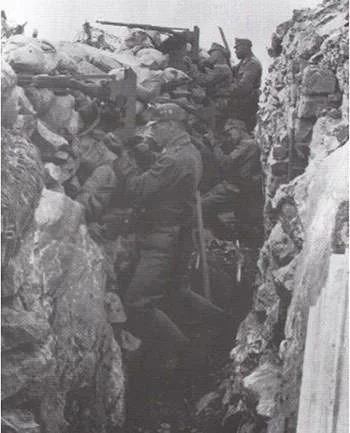
More Battles of Isonzo
Date: July – December, 1915
On 18th July, the Italians launched another frontal assault against the Austro-Hungarians trench lines with more artillery. The Second Battle of Isonzo concluded in a stalemate after exhaustion of weaponry on 3rd August. There were close to 40,000 casualties on both sides. Two more battles of Isonzo were fought between October and December without any substantial gains on either side, before any major fighting stopped for the winter.
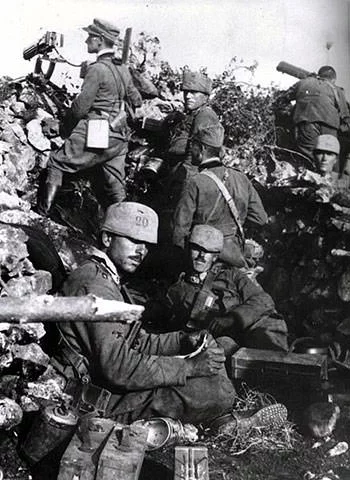
Fifth Battle of Isonzo
Date: March 9 – 15, 1916
After four attempts to cross the Soča (Isonzo) river and invade Austro-Hungarian territory, Luigi Cadorna, the Italian commander-in-chief, organized a strong new offensive following the winter lull in fighting. Under immense pressure from the French, the battle was called to relieve pressure from Verdun on the Eastern Front. It ended quickly as weather conditions worsened and the Austro-Hungarian launched a punitive assault in the Trentino.
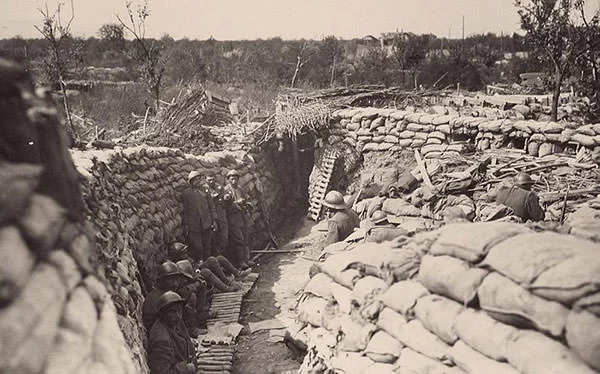
Trentino Offensive
Date: May 15 – June 10, 2016
Austro-Hungarian commander in chief, General Conrad von Hötzendorf had long been thinking of Strafexpedition (Punitive expedition), a counter offensive to lethally cripple Italy. On May 15, 1916, they launched an unexpected attack near Asiago in the province of Vicenza. The Italian defense was broken in the center and the Austrians advanced 12 miles by the end of May, reaching the beginning of the Venetian plains. However on 4th June, the Austria-Hungary faced reverses on the Eastern Front, where Russia entered its territory in the Brusilov Offensive. A majority of Austria Hungarian forces were thus diverted and the Trentino Offensive was checked by Italy.
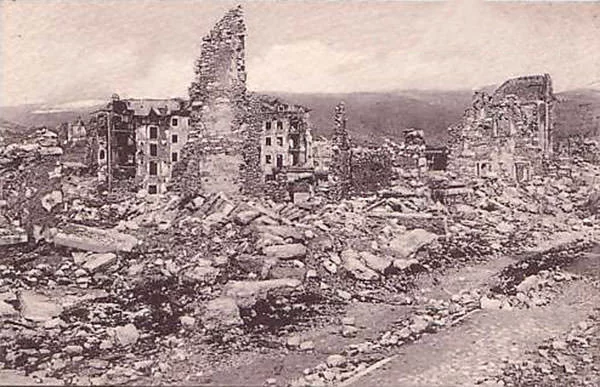
Sixth Battle of Isonzo
Date: August 6 – 17, 2016
With the Austro Hungarians forces reduced at Isonzo to reinforce Trentino, the Italians were quick to take advantage by transferring more troops to the front. The Sixth Battle of Isonzo resulted in an Italian victory as they are able to capture Gorizia and a bridgehead was secured across Isonzo. The attack on Gorizia was the most successful Italian offensive along the Isonzo lines and greatly boosted Italian morale. However, they had to suffer heavy casualties.
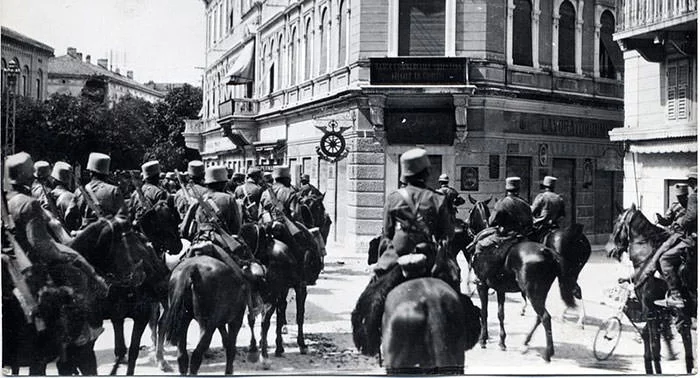
More Battles of Isonzo
Date: August – November, 1916
Three more battles were fought in 1916 near the Isonzo between September 14–17, October 10–12 and November 1–4. The Italians changed their tactics to short, intense attacks in order to limit their casualties but were unable to penetrate the formidable natural barriers protected by Austrian artillery.
Tenth and Eleventh Battle of Isonzo
Date: May – September, 1916
On 10th May, the Italian infantry began their advance along a 40 km front in order to achieve a breakthrough towards Trieste. In the 10th Battle of Isonzo, the Italian army managed to advance to within 15 km of Trieste by the end of May. The Austro-Hungarian counter attack came on 3rd June and, within a week, they reclaimed most of the territory lost. The battle was another stalemate with over 200,000 casualties. Another Italian assault came in August, carried out in the upper Isonzo valley. Italians managed to take the strategic Bainsizza Plateau, but the Austro-Hungarians held on to Mount Saint Gabriel and Mount Hermada. The offensive was called off due to exhaustion and lack of supplies in September.
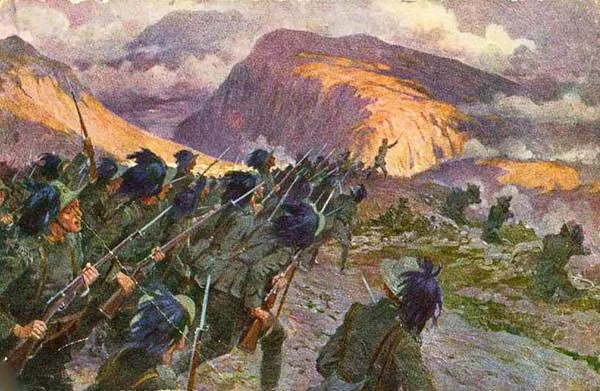
Battle of Caporetto
Date: October 24 – November 4, 1917
The 11 Italian attacks on the Isonzo since May 1915 had been far from successful and had come at enormous Italian casualties. The attacks had however considerably weakened the Austro-Hungarians, who then seek help from the Germans. The Central Powers thus planned their own offensive along the Isonzo with Germany transporting seven divisions of troops to reinforce the Austro-Hungarians on the upper banks of the river. The battle began on 24th October after gas shelling and bombardment. It was a resounding win for the Central Powers who pushed the Italians almost 60 miles to the Piave River by November. The Italian casualties were close to 600,000 with over 280,000 captured, while the Central Powers lost 70,000 men.
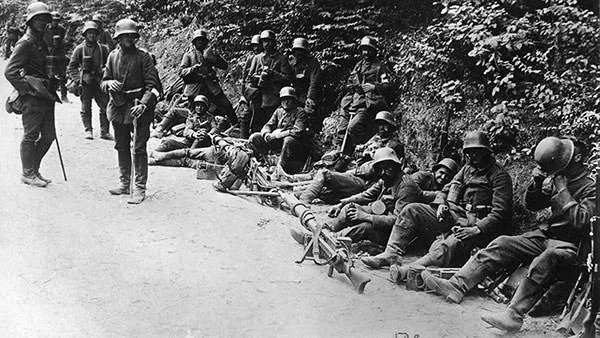
Second Battle of Piave River
Date: June 15 – 23, 1918
After the exit of Russia from the eastern front in early 1918, Germany was pressurized by its ally to devote more resources in combating Italy. Plans were thus laid out under commanders Conrad von Hotzendorff and Svetozar Boroevic von Bojna, with Conrad taking the main task of reaching the city of Verona and Boroevic attempting to cross the Piave and aiming for Padua and the Adige Valley. The battle was a total failure for the Austro-Hungarians, as the Italians under the leadership of new General Armando Diaz, managed to secure and stabilize its front along the Piave River. This last major Austro-Hungarian offensive on the Italian front, Second Battle of Piave River was a major blow to the army’s morale and cohesion, and had political repercussions throughout war-weary Austria-Hungary.
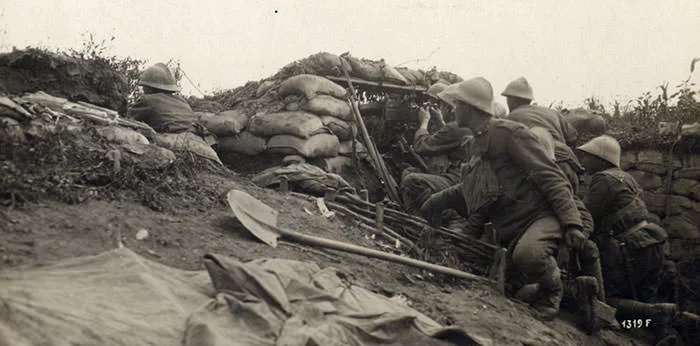
Battle of Vittorio Veneto
Date: October 24 – November 3, 1918
The last offensive on the Italian Front began in the town of Vittorio Veneto with the aim of splitting the Austro Hungarian army. Crossing the Piave, the Italians relentlessly attacked an army on the verge of collapse and the Austro Hungarians were routed. In just over a week, the Italians recaptured most of the lost land and inflicted close to half a million casualties. War on the Italian Front was over as Austria Hungary sued for peace. The armistice was signed on November 3, 1918 in Villa Giusti, northern Italy.

